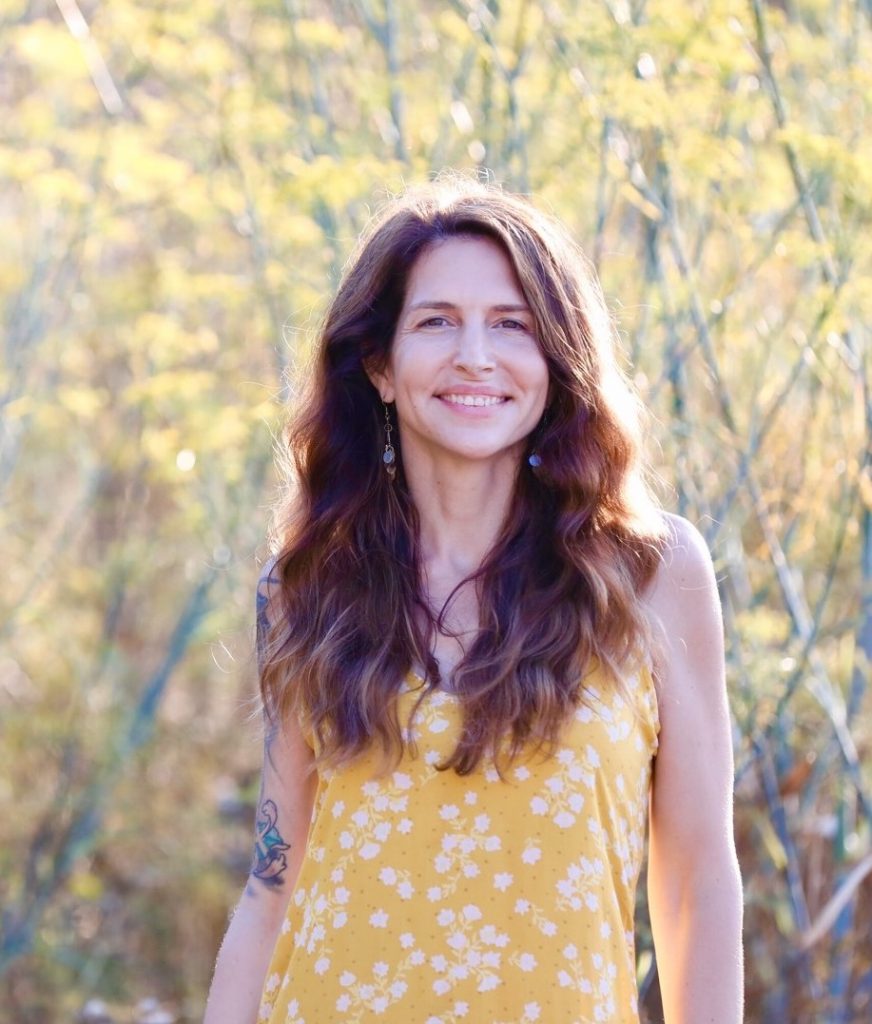The most unforgiving voice of all is the one that lives inside our heads. It is the constant drone of self-criticism, less-than and not-good-enough that leads our memory maps, habit patterns and fixed fantasies to the darkest of places. Silencing the Inner Critic is the first step toward rediscovering and reclaiming the authentic self.
You are perfect – mind, body and spirit. You are exactly where you need to be. You have never made a bad decision, although the consequences of your decisions may not have always turned out as you might have anticipated or expected. Sounds like a bunch of New Age nonsense, right? Well, not so much.
The factors that contribute to our evolution are myriad – nature, nurture, socialization, acculturation, collective consciousness, collective unconscious, racial memory, soul memory, in utero experience, prenatal influence – the list is seemingly endless. What often shapes us most immediately and most profoundly, however, are the instructions that we are given as we develop.
There really is no good explanation for why it is that we, as a culture, maintain a propensity to hear mostly the negative, as opposed to the positive, of those instructions, but that is the undeniable, and rather unfortunate, tendency. One supposes it has something to do with the Judeo-Christian ethic of \”man-as-sinner\” that is so deeply woven into the fabric of Western culture. Regardless, those negative instructions – \”You\’re fat.\” You\’re slow. You\’re dumb.\” You\’re clumsy\” – are part of the genesis for a pesky, self-critical and masochistic voice of self-denigration that plagues our self-perception.
That voice, however, – that Inner Critic – is predicated upon a lie; actually a whole series of lies. Those lies – or, more properly, our negative core beliefs as proscribed by them – establish for us many of the fixed fantasies that we hold about ourselves. And that voice, in turn, does its level best to inform – and mostly compromise — our self-esteem.
The lies issue from the perspective of those who themselves have lost contact with their own authenticity. They have their own set of lies to believe in. Remember the old adages, \”When you point a finger, there are three pointing back at you.\” or \”We hate in others what we fear most in ourselves.\”? Well, there you go. Psychosocially, and from the standpoint of emotional intelligence, the bully is always the weakest one on the playground.
On the other side of things, self-esteem is a wholly Western construct. Indeed, the notion of self-esteem – a notion that necessitates the inclusion of a dualistic \”bad me\” to balance out the \”good me\” – is quite foreign to Eastern thinkers. This is uniquely evidenced by the well known anecdote regarding a conference on Psychology and Buddhism some years ago where it was necessary to spend an entire day explaining the concept of self-esteem to a group of quite learned Eastern teachers and contemplatives, including the Dalai Lama. It\’s not that they didn\’t understand the construct of self-esteem, but, more, it\’s that they didn\’t understand why such a construct was even necessary.
The construct is necessary because we, at the sufferance of our own socialization, cling to this notion of \”bad me\”; a notion fostered by our fixation upon those formative negative instructions. There is really no way to avoid these negative instructions because they aren\’t about us – they are about the person who issues them. We can, however, manage the experience of those instructions, and the degree to which we allow them to influence us.
If we minimize and contain our experience of those negative instructions, recognizing them for what they are, then there is no real opportunity for us to generate the notion of \”bad me\”. With no \”bad me\”, there\’s no necessity for a \”good me\” — there\’s just \”me\” This is a path back to the authentic self — no conditions, no qualifications, no limitations. In this way, we can work toward an unselfconscious iteration of ourselves, rather than version that is constantly second guessing and looking over our own shoulder.
Read more by Michael J. Formica here.

